 Empathy, not self-interest, is the core impulse of human nature, according to social analyst Jeremy Rifkin. And that realization may hold the key to successfully responding to the environmental and economic challenges that now confront humanity.
Empathy, not self-interest, is the core impulse of human nature, according to social analyst Jeremy Rifkin. And that realization may hold the key to successfully responding to the environmental and economic challenges that now confront humanity.

One key to recent scientific research relating to empathy is the discovery of “mirror neurons,” a finding that originated, Rifkin relates, in a chance encounter during some unreleated experiments with monkeys in an Italian laboratory.
 The 80 officers of the California Highway Patrol in Sonoma County have a new boss, but one who's well acquainted with the territory.
The 80 officers of the California Highway Patrol in Sonoma County have a new boss, but one who's well acquainted with the territory.
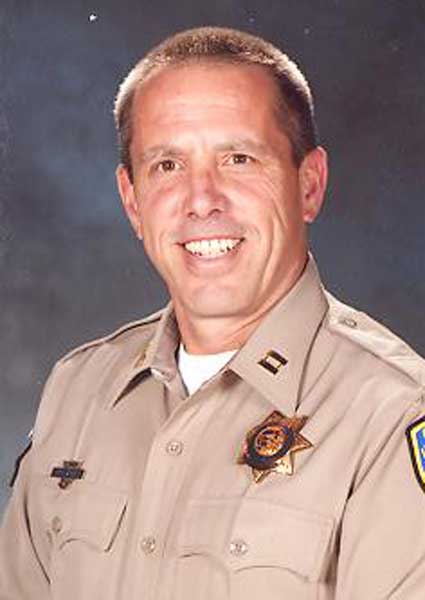 Capt. Greg Tracey
Capt. Greg Tracey
Capt. Tracey rose through the ranks to his current post, which is the usual path within the CHP. Still, he explains, even the Patrol's top officers still enjoy an occasional taste of "life on the road."
As California's only statewide law enforcement agency, the California Highway Patrol is a large organization, with a presence in every corner of the Golden State.

 Sonoma County is a well-known hotbed of handmade crafts, individual artistry and usual creations. Now you can find many of these items all in a single place that's dedicated to the practice of economic localism.
Sonoma County is a well-known hotbed of handmade crafts, individual artistry and usual creations. Now you can find many of these items all in a single place that's dedicated to the practice of economic localism.

There's more to localism and community-building than commerce, and Share Local founder Kelley Rajala also has plans for adding a social crossroads function to their new storefront location in downtown Santa Rosa.
![]()
Share Exchange is now open in downtown Santa Rosa, at 531 5th Street, a block from the Santa Rosa Plaza. Or find them on Facebook here.
You can see the North Bay Report story on the Santa Rosa Tool Library at this link.
 The greatest underutilized resource in much of the Third World is young girls—and providing them with education may be the fastest, most effective way to accelerate development in those nations. Global Partners for Development, a local philanthropic group, is introducing a new program to do just that in the East African nation of Tanzania.
The greatest underutilized resource in much of the Third World is young girls—and providing them with education may be the fastest, most effective way to accelerate development in those nations. Global Partners for Development, a local philanthropic group, is introducing a new program to do just that in the East African nation of Tanzania.

The introduction of the E.G.G. program (explained here), already tested in India, will come as a pilot program this fall in Tanzania. At least that's the hope. Global Partners Executive Dirctor Catherine Kirby explains how that process is expected to unfold.
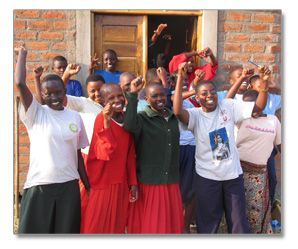
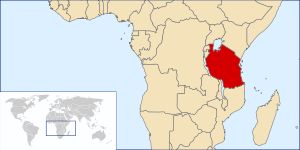
Tanzania Image via Wikipedia
That Tanzanian trial is budgeted at $500,000, afigure that Kirby says represents a sound, cost-effective investment.
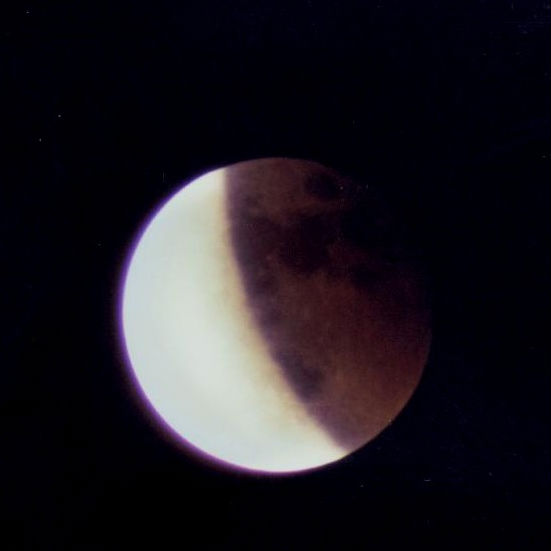 The Winter Solstice comes around every December. The last full lunar eclipse visible here was in 2008. Tonight, they're both happening at the same time.
The Winter Solstice comes around every December. The last full lunar eclipse visible here was in 2008. Tonight, they're both happening at the same time.
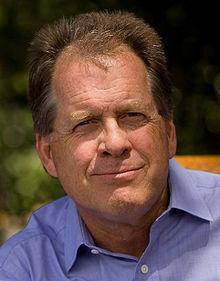 A special program about lunar eclipses, Star Gazer: Lunar Eclipse, will be shown on KRCB television Dec. 20th at 7:30 pm. And we've got with additional eclipse info here as well.
A special program about lunar eclipses, Star Gazer: Lunar Eclipse, will be shown on KRCB television Dec. 20th at 7:30 pm. And we've got with additional eclipse info here as well.
All eclipses are not created equal. In fact, says science writer Timothy Ferris (rt), there is a considerable range of variation among them.
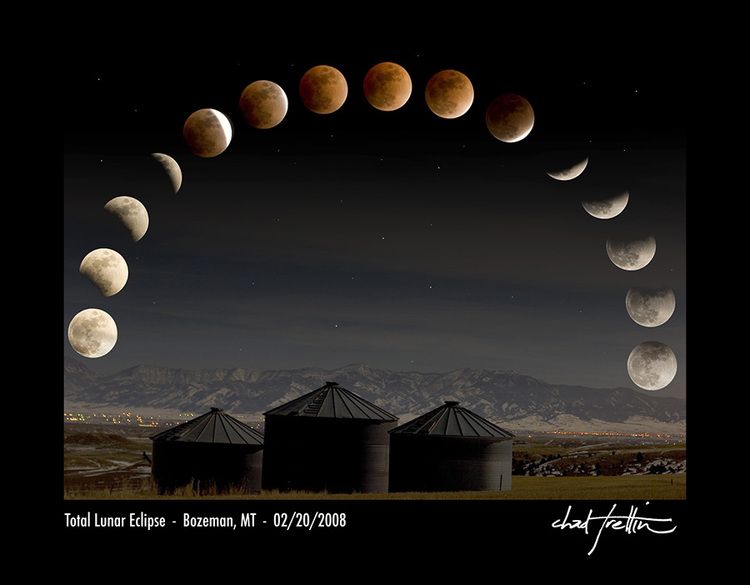 The following commentary regarding the eclipse tonight is by a columnist for Astromony magazine.
The following commentary regarding the eclipse tonight is by a columnist for Astromony magazine.
EXTRAORDINARY ECLIPSE
The oddest celestial event? This year there's an easy winner. It's the millennium's first total lunar eclipse completely visible from all of North America and Hawaii. And whoa, beat the drums, it happens right on the solstice.
This was exactly the kind of spectacle that inspired the fun-loving Mayans to push their most annoying relatives off pyramids. (Does any scholar actually know how they selected people for sacrifices? "Annoying" seems logical.) These days, our own citizenry is much too overweight to engage in such energetic rituals. But if you're tempted, be sure to first check local ordinances before you perform even a single goat sacrifice.
At midnight December 20/21, we'll have the highest Full Moon until 2020. From the West Coast, that Moon will be in total eclipse at midnight--how cool is that? Observers in Key West will see the magical Moon straight up, an imperceptible 1/2" from the zenith. Count on crowds blowing conches at Sunset Pier at that overhead moment of 12:17 am. But like all Eastern time-zoners, they must wait 'til 1:32 am for the eclipse's umbral beginning.
...The Moon will occupy a very special place in the heavens that night. Our sky is a carnival of intersecting planes. There is the flat plane of our solar system seen edgewise, defined by the ecliptic. Then there is our galaxy's disk, the Milky Way. These eternal planes meet and cross at the Taurus-Gemini border. Astoundingly, a third plane called the solstitial colure--the sky- circling meridian running through the celestial poles in the precise direction of Earth's tilt--is right there, too.
It's an implausible three-way intersection. And yet that is where--- within a few degrees--the Full Moon will stand during the eclipse.
So the Moon will be eclipsed while aligned with the galaxy's plane, Earth's tilt axis, and the centerline of our solar system all at once. Are you kidding? The Mayan priests would have tossed extra people.
...Can you imagine the uproar from the paranoid and gullible if this notable display had coincided with the Mayan calendar flip? Then they'd be sure it's Armageddon-time. Happily, no eclipse or conjunction will occur 2 years from now on December 21, 2012. To show your gratitude, that non-event deserves an additional goat sacrifice.
One more thing. The Full Moon's hot surface aims infrared radiation our way like a bathroom heater. This makes Earth's lower atmosphere 4/100 degree warmer whenever the Moon is full. Will we lose this warmth during the eclipse? Let's bring along our high-tech lab thermometers that night and really puzzle onlookers.
Wait a minute. Onlookers? After midnight in December? No, you and I might just be alone for this one. Unless we move to Key West.

 Live Radio
Live Radio




